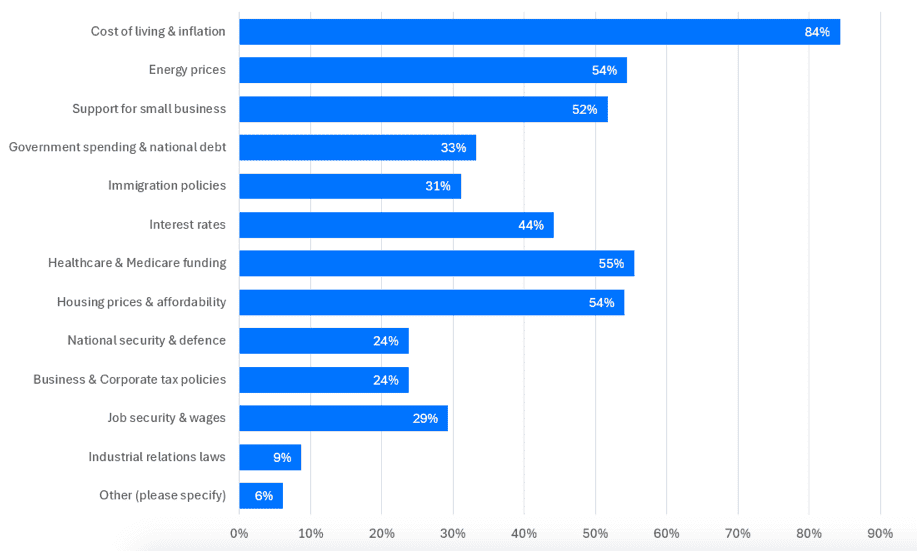Australian small and medium-sized enterprises (SMEs) are holding back on borrowing, and it’s not because they don’t need the capital.
According to the latest Banjo Barometer SME survey, loan applications from these businesses fell 13% in the March 2025 quarter, the weakest quarter so far in the current financial year.
Rising costs and reduced policy support are making businesses hesitate. Many are also dealing with increasing arrears and weaker demand, especially in major sectors such as construction and manufacturing.
“SMEs are a resilient bunch, but the combination of economic uncertainties, the reduction in asset write-offs and the broader slowdown in loan activity across the country shows the ongoing pressures SMEs are under,” said Banjo Loans CEO Guy Callaghan.
Rate cut not enough to lift lending
While the Reserve Bank’s rate cut in February was expected to spur business lending, it has not eased the financial pressure many SMEs face. Data from the Banjo Barometer found that SME loan values dropped 17% for the quarter. Arrears are also climbing, with one in five small businesses now behind on their repayments.
New South Wales and Victoria recorded the largest declines in loan applications. In Victoria, applications fell 33%, while New South Wales saw a 17% drop.
Smaller businesses – with annual revenue under $10 million – are pulling back the most. In contrast, mid-sized firms in the $10 million to $20 million range increased their loan values by 6% for the quarter and 73% over the year.
Pockets of growth
By industry, retail showed some signs of a turnaround, with borrowing increasing by 8% for the quarter and 50% year-on-year.
Administrative support services and real estate also recorded modest gains, up 10% and 11%, respectively.
But these gains remain exceptions. Data from the Banjo report suggests that overall demand for business lending remains weak. Even major industries such as manufacturing and construction reported reductions in borrowing activity.
Mounting pressure and growing frustration
Policy uncertainty is adding to the strain on SMEs.
“The removal of the $20,000 instant asset write-off in the latest Federal Budget has only added to the pressure, making it harder for businesses to reinvest and expand,” said Callaghan.
The write-off scheme allows eligible businesses to immediately deduct the business portion of an asset’s cost in the financial year it is first used or installed. It was extended by the government in 2024 but only for one more year until 30 June 2025.
A recent survey by OnDeck Australia found that business owners are frustrated by more than just economic conditions. Cost of living ranked as the top concern for 84% of them, followed by energy prices (54%) and limited government support (52%). Broader issues such as housing and healthcare also weighed on their confidence.
“Australia’s 2.5 million small businesses form a significant voting bloc,” said Cameron Poolman, CEO of OnDeck Australia. “Their concerns can’t be overlooked by either side of politics.”

Source: OnDeck Research
Clarity in policy needed
Without clearer direction and the right policy adjustments, SMEs will continue to face a downturn, according to Callaghan.
“We must act quickly to help these businesses regain stability, restore confidence and drive recovery,” he added. “Time is running out for many SMEs, and focused intervention is crucial to avoid further financial strain.”




